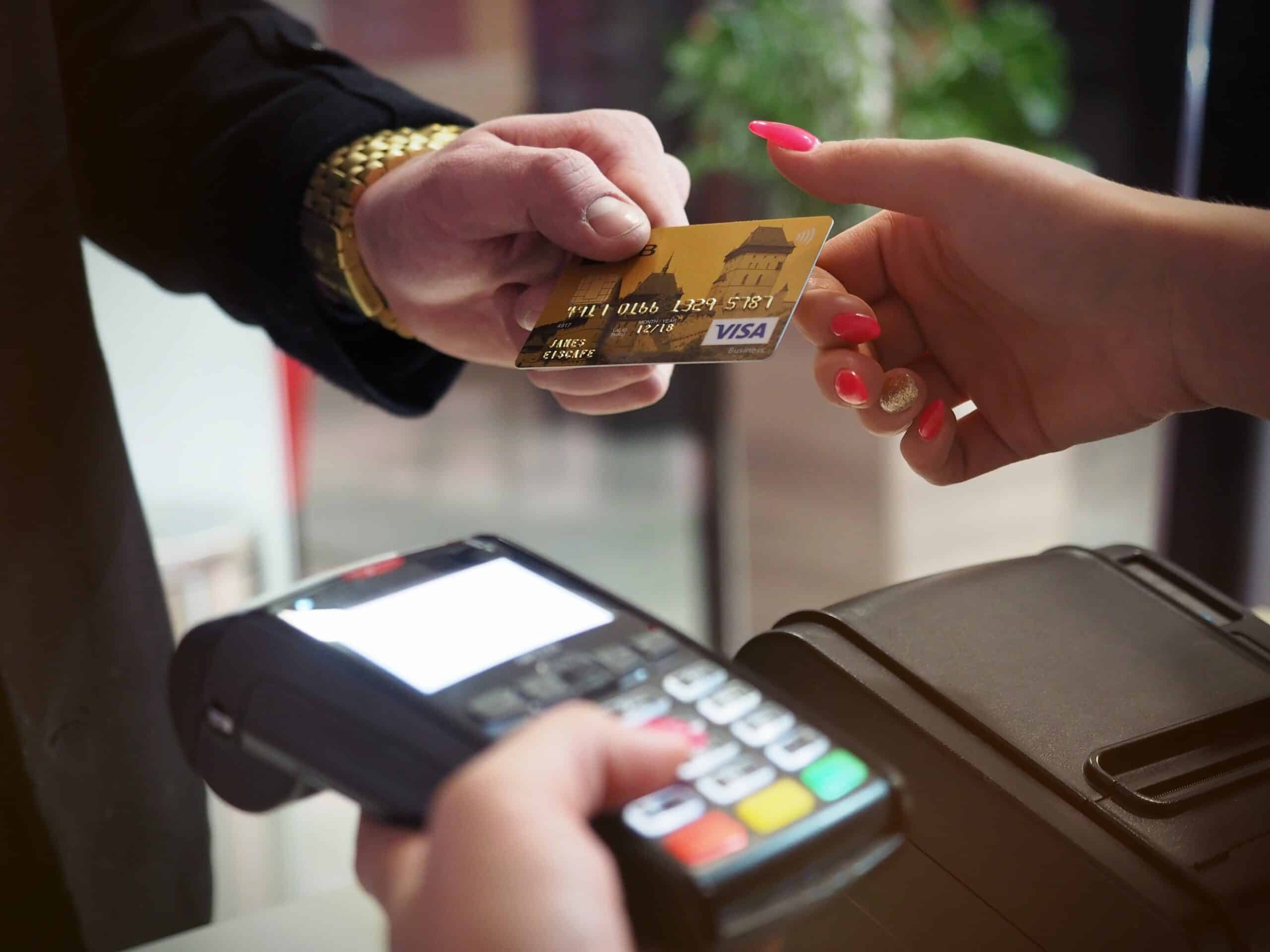The fees a merchant pays on each transaction generally include the interchange rate charged by the card issuer and the fees added on by the merchant’s payment processor. But the exact interchange rate you’re charged depends on the type of card, the type of transaction, which card issuer the card is from, and which merchant category code was assigned to you. Let’s take a closer look at what goes into Visa interchange rates to give you a sense of how much of a cut is being taken from each transaction you process.
How Visa Interchange Rates Are Calculated
Like most other major credit card issuers, Visa sets its own interchange rates and updates them periodically. You can find the most recent rate schedule here. As you can see, the rates vary depending on the following criteria:
-
- Transaction type, with card present transactions typically getting lower rates than card not present transactions.
-
- Card type, with debit card transactions capped at the legally mandated maximum of $0.21 plus 0.05% per transaction. But even different credit card types are subject to different rates.
-
- Merchant type and size, with lower risk merchants enjoying lower Visa interchange rates than those considered higher risk.
Given how many variables are at play, nearly every transaction you process will have a slightly different interchange. However, merchant type and transaction type are typically the most influential factors and the most consistent for merchants so you can come up with a usable estimate by figuring out your merchant category code and identifying the transaction types you process most often. If you do business exclusively online, for example, all of your card transactions will be card not present transactions.
However, you’ll have to do this separately for every other card issuer you accept, such as MasterCard, Discover, or American Express. Each one sets their own schedule of interchange fees, using a similar formula of card type, transaction type, and merchant type.
Which Merchant Categories Get Special Interchange Rates?
Many card issuers charge lower rates for merchants who are least likely to have chargebacks. This has nothing to do with your actual chargeback rate, though. Instead, the special interchange rate is based on your merchant category code. If the category code given to your business is considered lower risk by the card issuer, the interchange rate charged on your transactions will be charged the lower rate automatically.
For example, the merchant categories that get a special Visa interchange rate include:
-
- Retail
-
- Travel
-
- Charities and religious organizations
-
- Nonprofit organizations
-
- Fuel
-
- Supermarkets
-
- Healthcare
-
- Government agencies
-
- Education
-
- Utilities
-
- B2B Businesses
That’s not an exhaustive list. To figure out whether you’re getting a lower interchange rate, you’ll need to find out the specific merchant category code that was assigned to you. To do that, reach out to your payment processor, who should be able to track down the code assigned to your business.
How Merchant Processing Fees Are Calculated
As a merchant, you also have to pay the additional fees added on top of your interchange rate by your payment processor. But if your payment processor uses a flat fee structure, it won’t be easy for you to see exactly how much of the cut taken from each transaction is covering the actual interchange fees and how much the payment processor keeps.
If the interchange rates charged on your transactions vary from 1% to 3% but your payment processor just charges a flat 4% fee across the board, it’s pocketing anywhere from 1% to 3% in excess fees charged on each transaction.
Even if you don’t qualify for a special lower interchange rate based on your merchant category code, those flat fees can still end up eating more of your revenue than necessary since you have to pay the same higher rate even on transactions with lower interchange rates.
You can estimate how much extra you’ve been paying to your payment processor by using your merchant category code and your records of last month’s transactions to calculate approximately how much the interchange rate was for each transaction. Then, subtract that amount from the amount you were charged by your payment processor to see how much of that flat rate the processor got to keep.
If you don’t want to do that kind of math every month, consider switching to a payment processor that uses interchange-plus pricing, like National Processing. Instead of a flat rate, this fee structure charges merchants whatever the actual interchange rate was plus a fixed fee added on that goes to the payment processor.
The transparent pricing makes it much easier to see exactly how much you’re paying the processor for their service. And, more importantly, it may allow merchants to save money on fees since they’d get to pay less on transactions that are subject to lower interchange rates. Instead of 4% across the board, merchants pay 1% to 3% per transaction, depending on what the actual interchange rate was plus the fixed fee that goes to the processor.
Try out National Processing’s fee calculator to estimate how much you would have paid under its interchange-plus pricing model last month to see how much you might have saved.
Frequently Asked Questions About Visa Interchange Rates
What are interchange categories?
Interchange categories refer to the various details of a transaction that a card issuer uses to calculate the interchange rate it will charge for that transaction. Interchange categories exist for different transaction types (like card present or card not present), card types (like debit card, rewards credit card, non-rewards credit card, and merchant types (like retail, restaurant, or travel), card owner (such as corporate card or consumer card), and card brand (like Visa or MasterCard). Each of these categories impacts the interchange fees charged on any given transaction.
Which category decides the interchange fee?
While many different categories are at play in the complex interchange pricing structure that card issuers used, the transaction type arguably has the biggest impact on the interchange rate. That’s because interchange fees are generally a reflection of the risk of fraud, so riskier transaction types (like card not present transactions) are subject to higher fees than less risky transaction types (like card present transactions).
Which type of card has the highest interchange fees?
Typically, American Express is the card issuer that charges the highest interest rates. It uses these higher fees to offset the rewards programs it offers. But you’ll also see higher rates from other card issuers for their rewards cards compared to their non-rewards cards.
Can you negotiate interchange rates?
Unfortunately, merchants have no ability to negotiate the interchange rate they pay. These rates are set by the card issuers. However, you can try to qualify for a special lower interchange rate by working with your payment processor to update your merchant category code. You can also implement an interchange optimization strategy to get more of your transactions to qualify for lower rates. If all else fails, you may be able to use a cash discount program to incentivize customers to use cash so you can avoid interchange fees altogether.





